Your expert guide to kid friendly tapas and foods in Spain
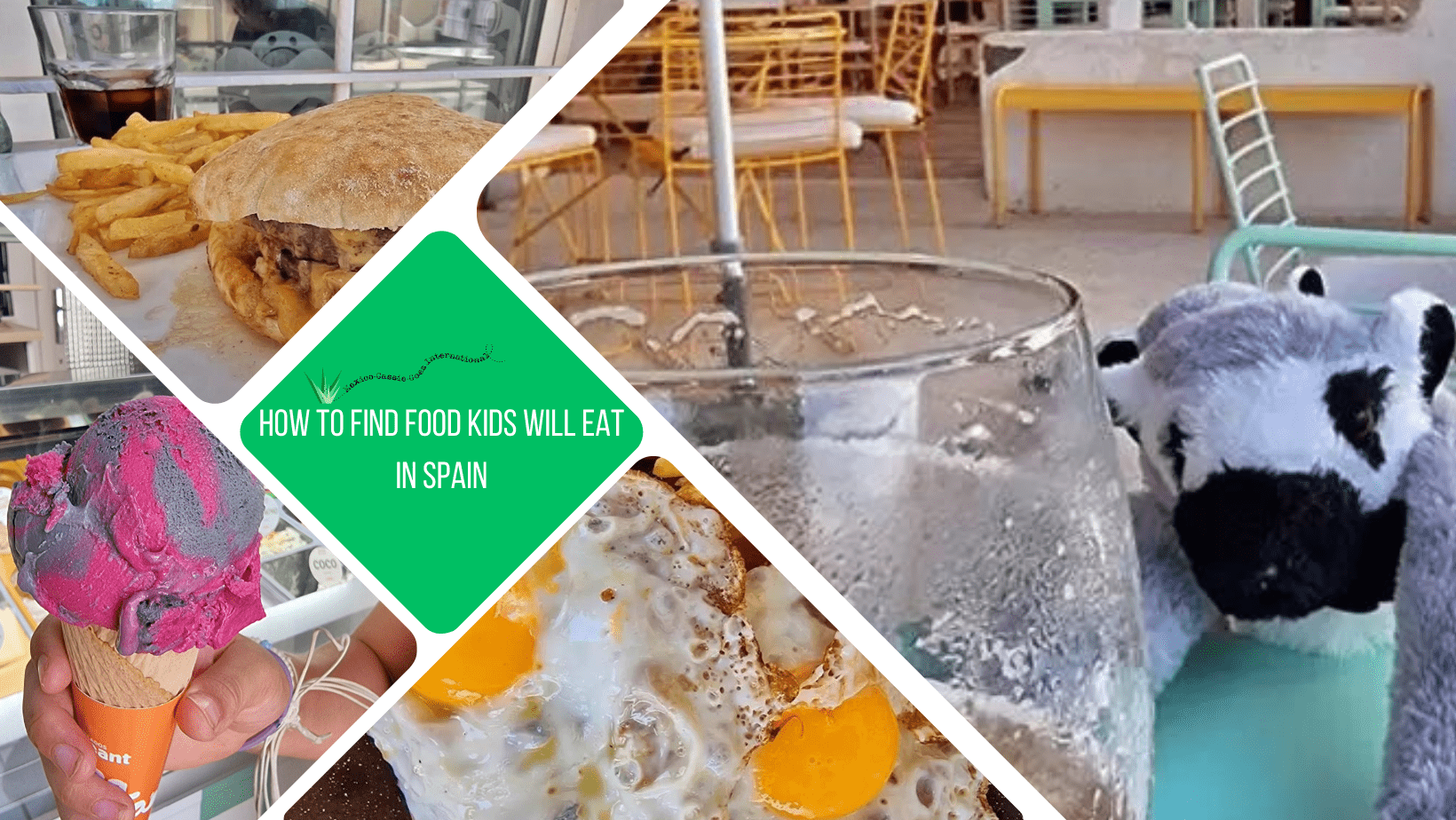
If you’re coming to Spain with the kids and wondering how on earth you’re going to feed them without resorting to eating fast food every day, then it’s a good job you found this article. I’m here to help you understand the average Spanish menu and to find kid friendly tapas and foods.
I live in Andalucía and have two kids, one of whom will try just about anything and one of whom is firmly in the ‘kid friendly food’ camp so I think I’m pretty well qualified to help you figure out what the average kid will eat when in Spain.
Before we get into the specifics of what foods the kids might deign to eat, we’ll take a look at some of the logistics of eating in Spain because meal times are set and fairly strict here. It helps to know in advance what you’re dealing with.
There are affiliate links in this article. If you click and make a purchase I could make a small sum at zero cost to you. Thank you!
What are Spanish meals & times?
Breakfast
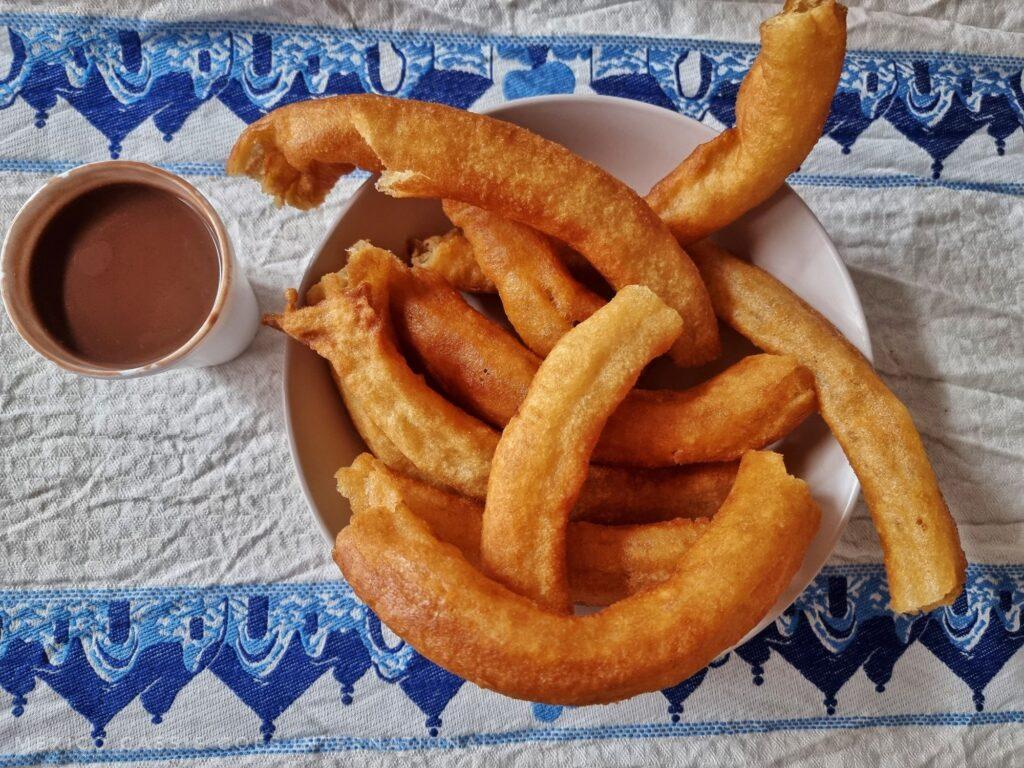
☕️ Breakfast tends to be a simple meal in Spain. While many hotels will offer an international style buffet, smaller ones may not.
If you’re heading out to local cafes then you’ll rarely find more than bread with ham, cheese or olive oil on offer.
There are, of course, brunch restaurants in the bigger cities such as Madrid, Sevilla, Valencia and Barcelona.
☕️ Adults drink coffee and the kids drink cola-cao (a Nesquik equivalent).
Useful breakfast vocabulary
Cafe solo – strong black coffee
Cafe con leche – milky coffee
Cola-cao – hot chocolate (Nesquik style)
Chocolate caliente – traditional thick hot chocolate (my kids only want this for dipping their churros, never for drinking)
agua – water
zumo – juice
Pan – bread
jamon – ham (serano ham is common)
jamon york – processed ham
queso – cheese
aceite – oil (always going to be olive oil)
Mid-morning snack
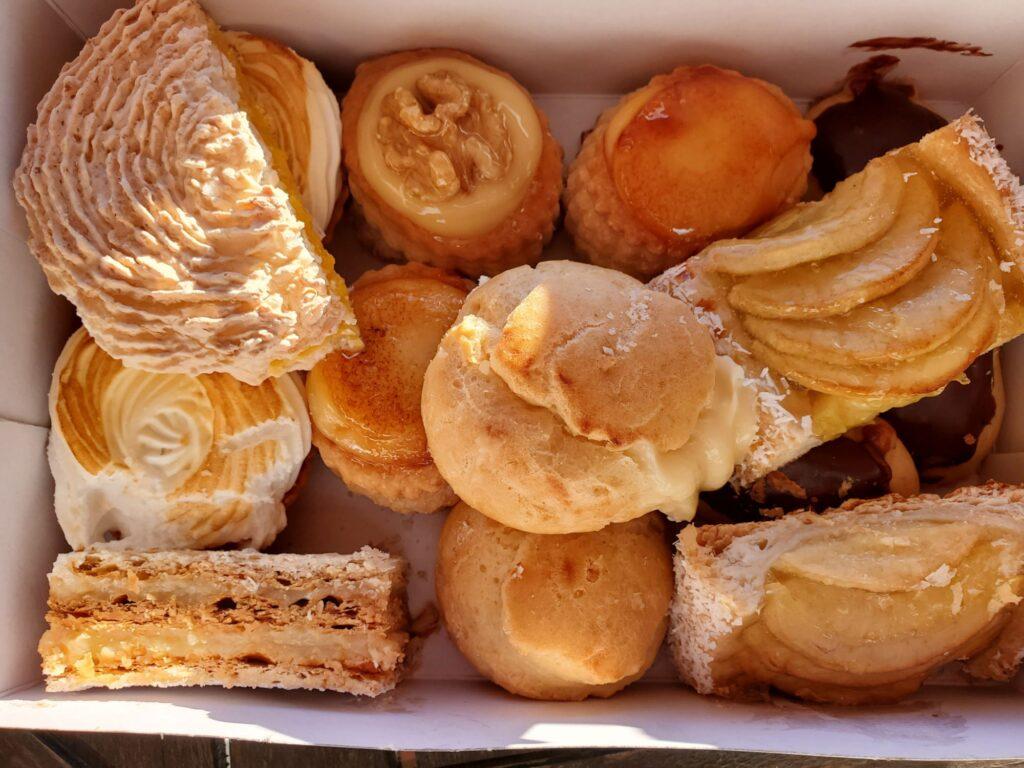
There is also often a mid-morning snack offered around 10 – 11 am, kind of a second breakfast. If your kids are hungry, this is a great time to visit a pastry shop or if you’re feeling kind, you could take the family for churros and chocolate.
Lunch
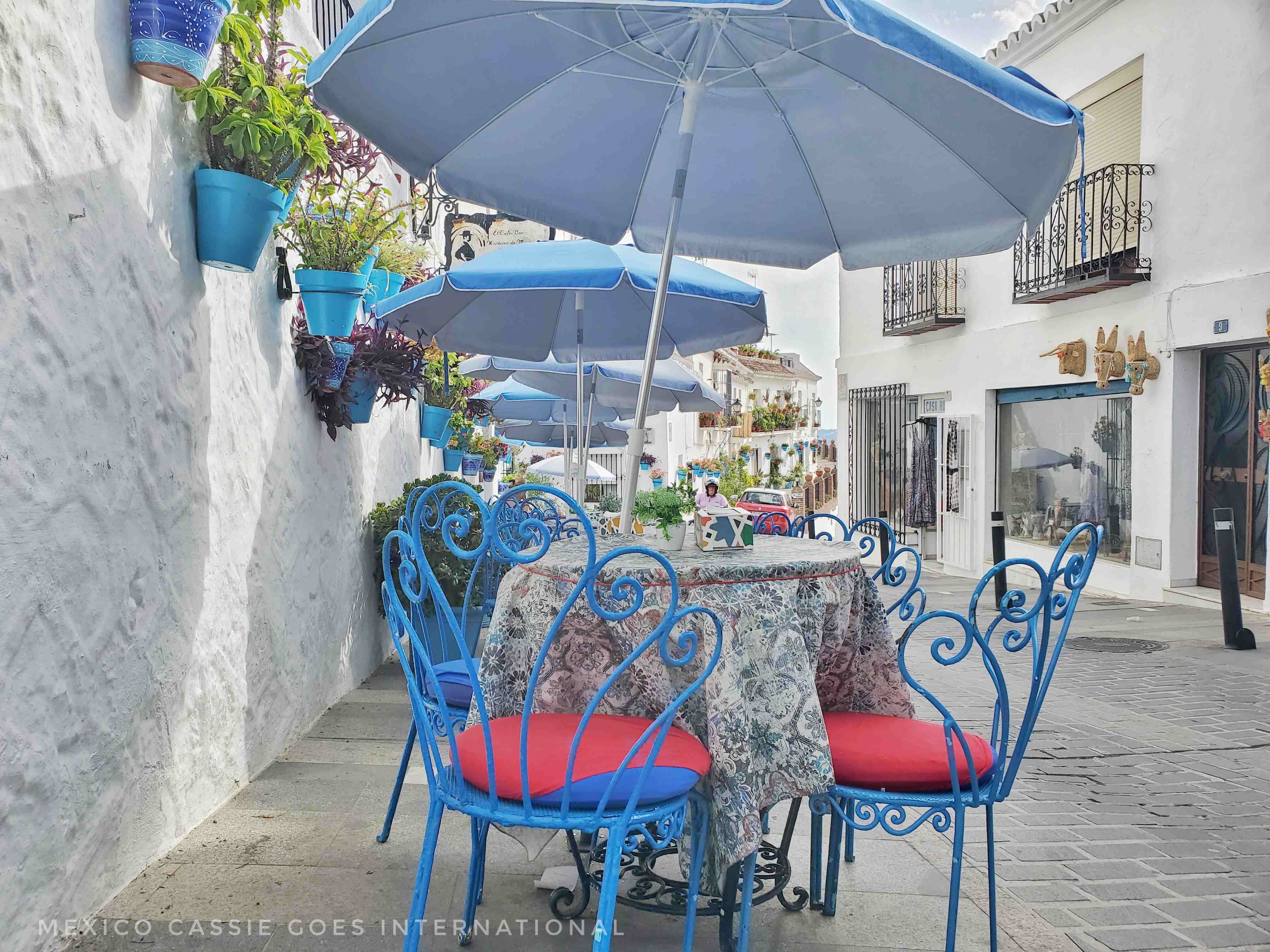
🍛 In Spain lunch is the main meal of the day and it’s eaten between 2 – 4 pm. If you’re in a busy tourist town such as Córdoba, you’ll either want to reserve a table or ensure you arrive at your chosen restaurant early enough to get a table.
You will generally find that traditional restaurants will offer a tapas menu as well as large plates (raciones) that can also be shared by the whole table. These are often meat based and are great if you have little carnivores.
🥦 The kids might well be thrilled to know that there are rarely too many vegetables or salads on offer in Spanish restaurants! There’s also not too much in the way of spicy food on a Spanish menu, which is sad for many adults but great for the kids.
Did you know? Valencia’s speciality, paella is considered a lunchtime dish? It’s too heavy to be eaten for a late supper.
We’ll talk later about specific kid friendly Spanish foods.
Merienda
🥪 Spanish kids will often be served a simple snack around 6 pm that is meant to tide them over until supper, which is generally not eaten until 9 or 10 pm.
Supper
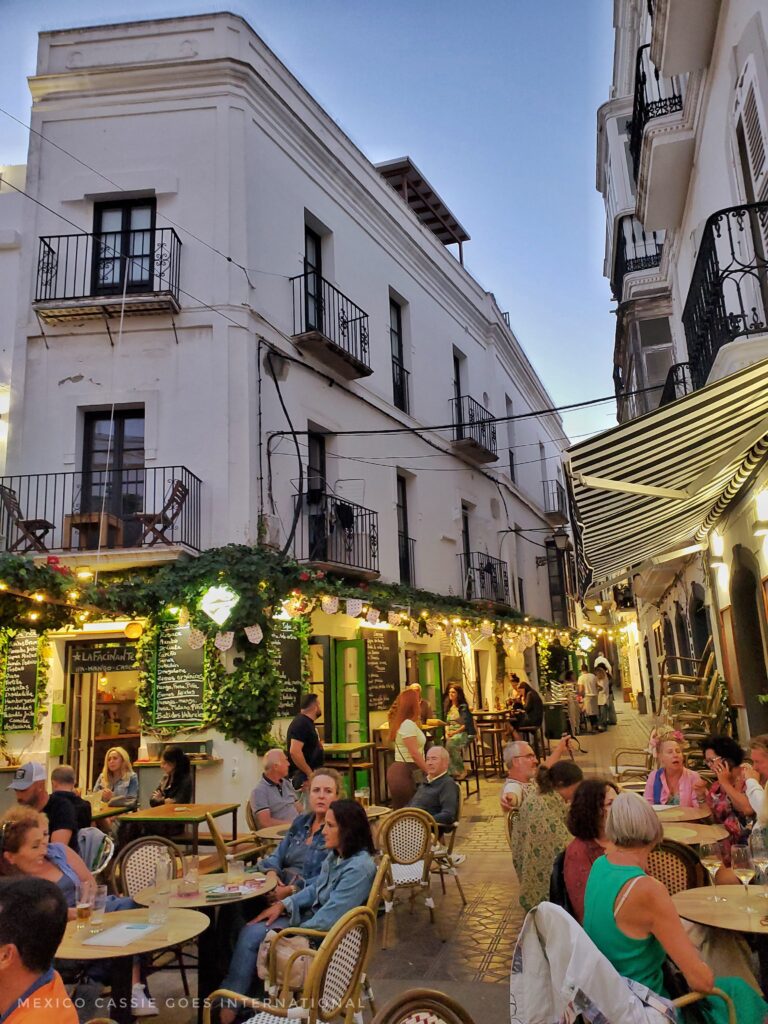
🥘 If a late night meal just won’t cut it for your kids, it’s a really good idea to ensure they eat a big lunch at Spanish lunch time as most restaurants really don’t open for an evening meal until at least 8.30pm and even then they may not serve much until 9 pm.
Top Tip: I recommend heading to a supermarket for snacks to eat in your apartment or hotel if your kids aren’t going to be staying up late enough for an evening meal.
How do I know if a restaurant is kid friendly?
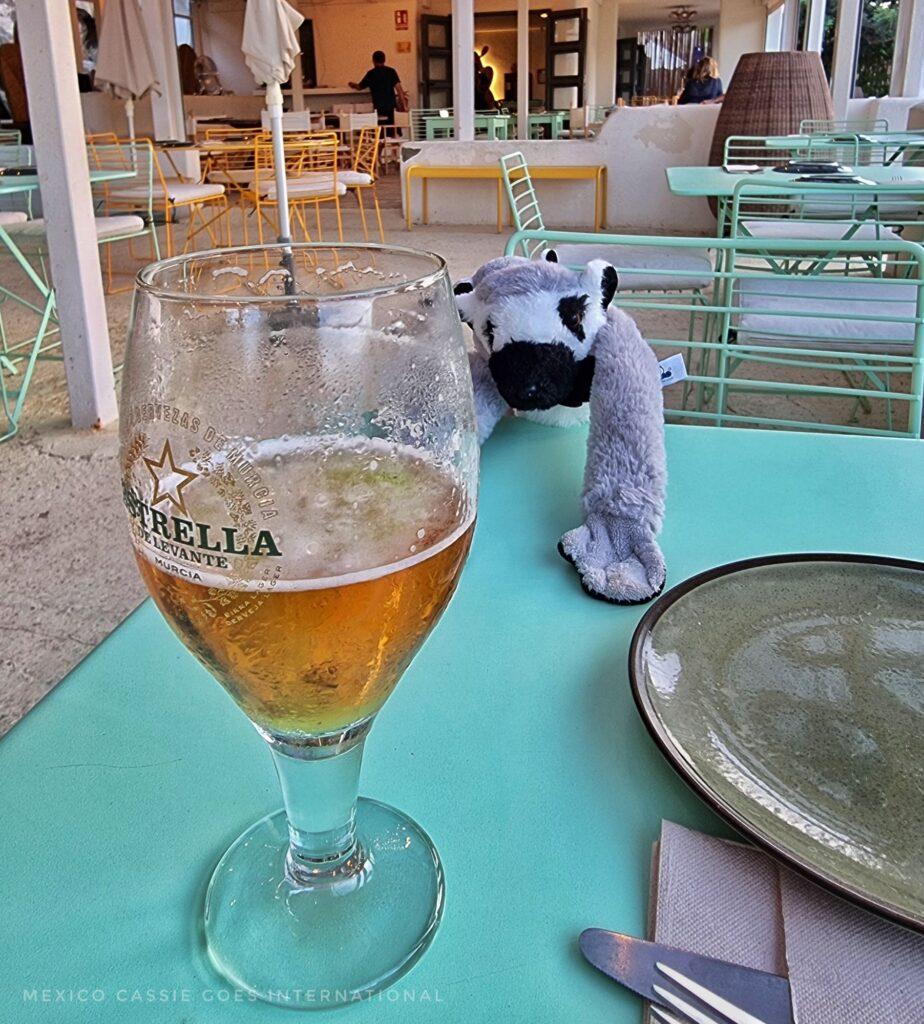
Because it’s in Spain!
One of the first things you learn in Spain is that pretty much everything is kid friendly and that kids are welcome pretty much everywhere, all the time. You’ll see kids playing on the plazas late at night while their parents sit around enjoying a beer or glass of wine with friends, the kids rushing around, eating, playing and having a wonderful life.
That said, you may not want to take young children to some of the more expensive or classy restaurants if you aren’t sure they’ll be eating enough to make it worth your while or if their inability to sit quietly will bother you.
The beauty of Spain is that you don’t have to go to ‘kid specific’ restaurants to ensure everyone can eat. Everyone will be able to find something they enjoy on the menu. The adults can have a beer or a glass of wine and the kids aren’t expected to sit silently. Win-win.
Do restaurants have kids’ menus?
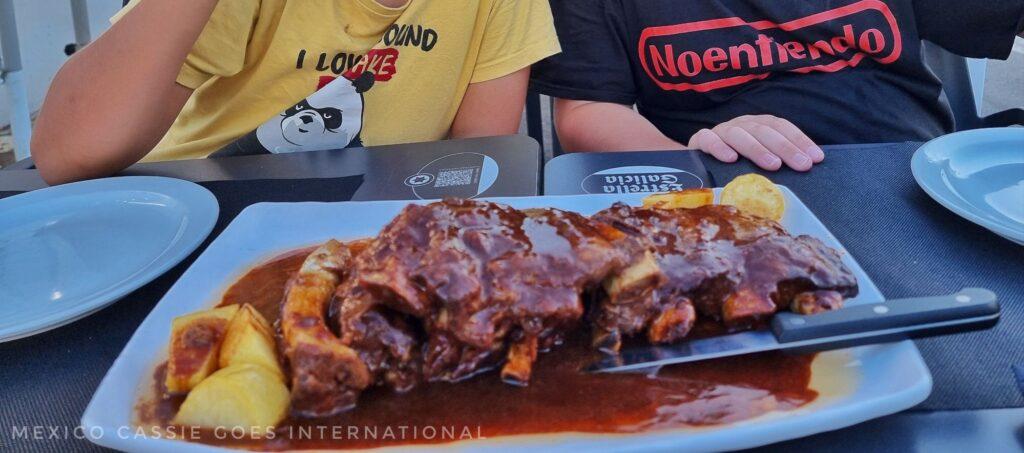
Many restaurants have kids’ menus, yes and those that don’t will often go out of their way to help you find something your kids can eat if you ask nicely.
There will pretty much always be french fries and simple meat dishes available. When we were in Almeria recently, I’m pretty sure my son ate nothing but hamburgers. He does’t have a problem with Spanish food but of course, he loves burgers and they’re always on the menu so he chose them every single time. And yes, we let him, it’s a rare thing so if for one week he eats only what he likes, it isn’t the end of the world, at home he eats all the veg and pulses we ask him to eat.
What about highchairs?
Some do, some don’t – just ask. It’s called a trona in Spanish.
Let’s talk Spanish food
What are tapas?
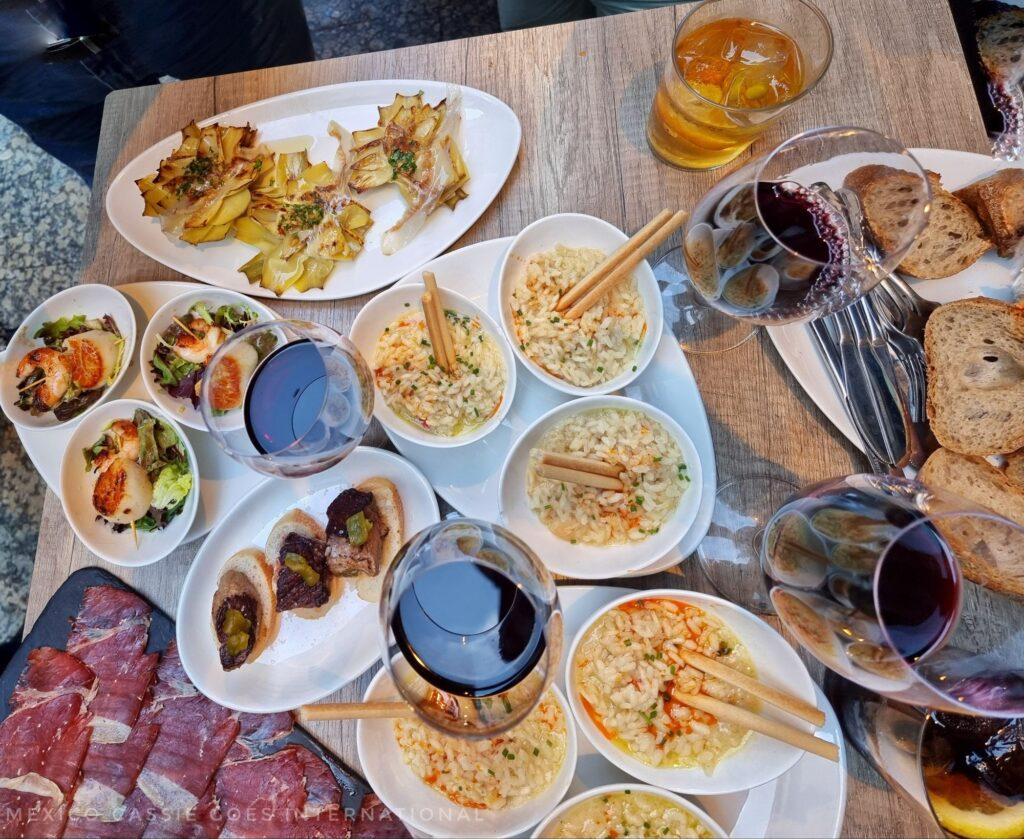
Tapas are small plates of food that you can either share or eat alone. They are one of the most traditional styles of food in Spain as well as some of the best Spanish foods. If you’re vegetarian, there are some tapas plates that you can eat.
In the Basque Country they have pintxos (same idea, different name) and in the rest of Spain, tapas. In some regions of Andalucia you may get a free tapa plate with a drink but this rarely happens anymore so don’t enter anywhere expecting free food, just be grateful if it happens.
Tapa (plural tapas) – small plate, snack food. Order 1 or 2 or as many as you wish.
Racion – large plate of food. Often you’ll be given the choice of a racion or half racion, which will work out bigger than a tapa but smaller than a full plate.
Did you know that you can take kids on Devour Tours day time food tours in Spain? This is a great way to introduce them to some of the most famous Spanish dishes wherever you are.
So what are the kid friendly tapas?
Let’s take a look now at finding some kid friendly tapas so the whole family can enjoy eating out in Spain. Tapas are a great way to introduce kids to new foods because they’re inexpensive and you can put a variety of small plates on the table and let the kids try new flavors when you visit tapas restaurants.
Jamón – if your kids enjoy traditional Spanish ham, a whole plate of it will be an exciting tapas option.
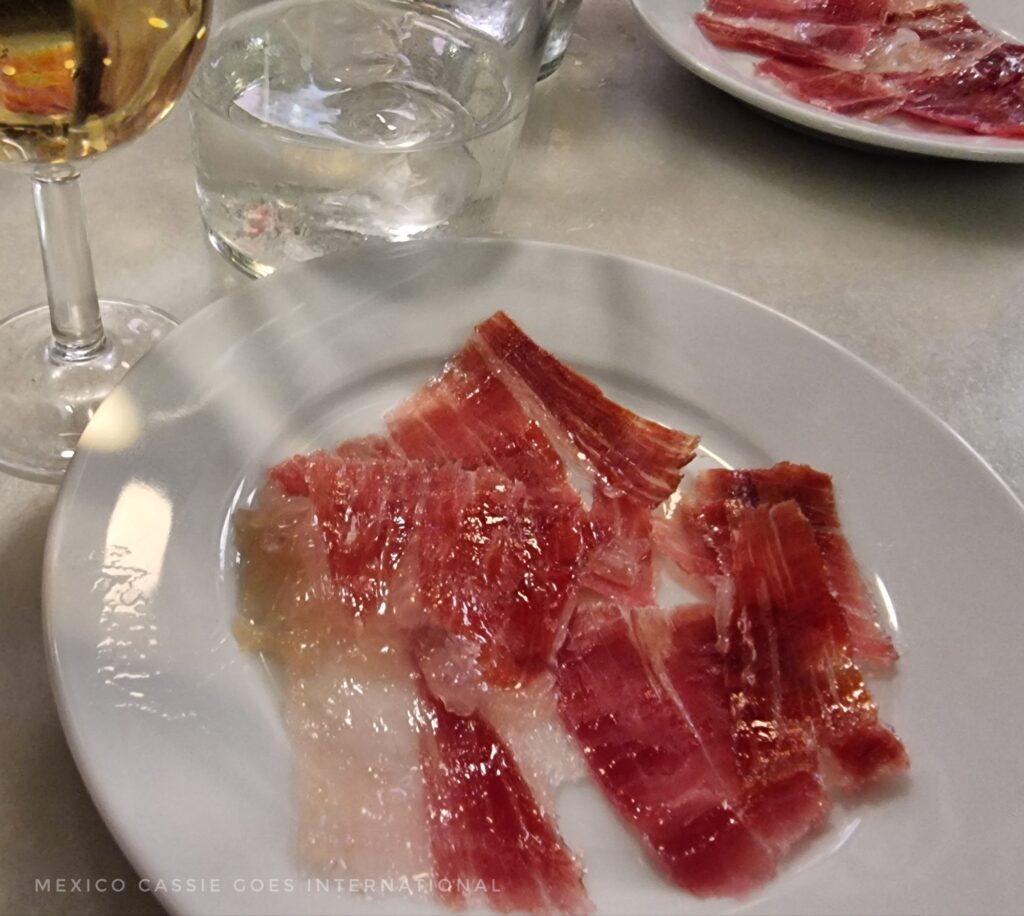
Croquetas de jamón – croquetas are a traditional Spanish food where meats are mixed with béchamel sauce and breaded. There are generally 6 in a portion and they’re a great, easy food for kids of all ages. While ham (jamón) are very common you’ll also find chicken, oxtail and other delicious fillings, none of which should upset a child!
Patatas bravas – some kids will love this dish of chopped, fried potatoes with a gentle paprika sauce.
Tortilla de patatas (also called tortilla española) – this traditional dish is slightly different everywhere you go (as in every restaurant) but it’s always thinly sliced potatoes fried in oil and egg. It is absolutely delicious. Spanish kids (including mine) devour this excitedly everywhere they go.
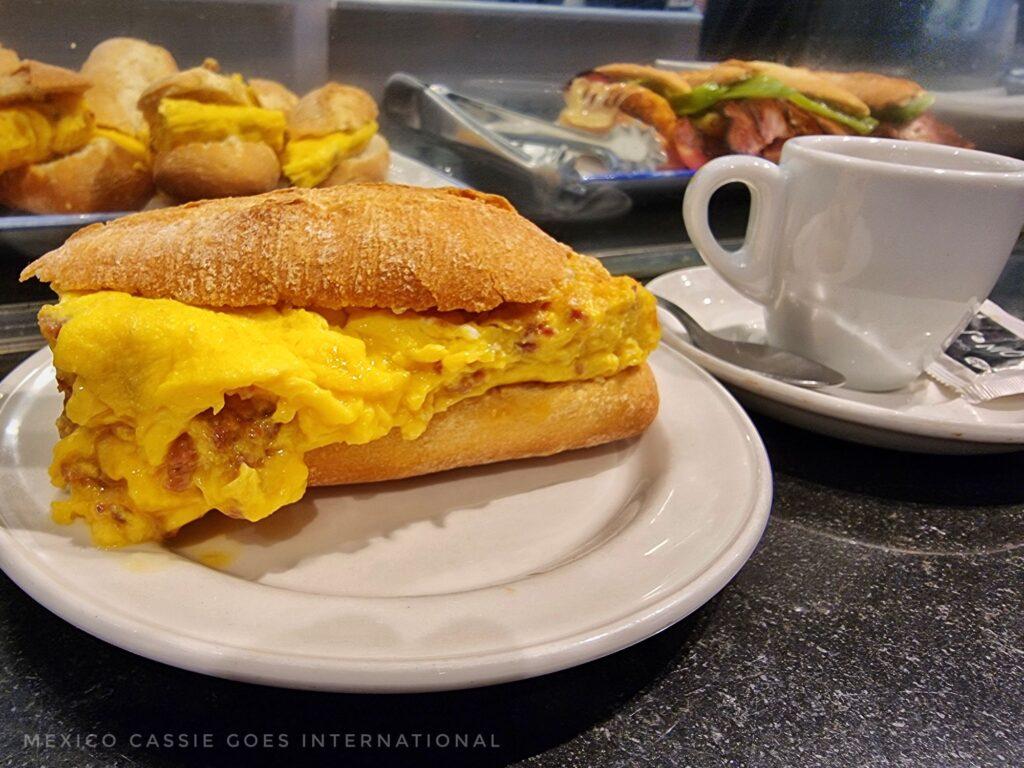
Lagrimitas de pollo (also dedos de pollo) – chicken nuggets. Sometimes on a tapas menu, pretty much always on a kids menu, this is an easy and dull food for kids everywhere!
Huevos rotos – ham, fried egg and fries. This is a very popular dish in Spain and is a good option for kids.
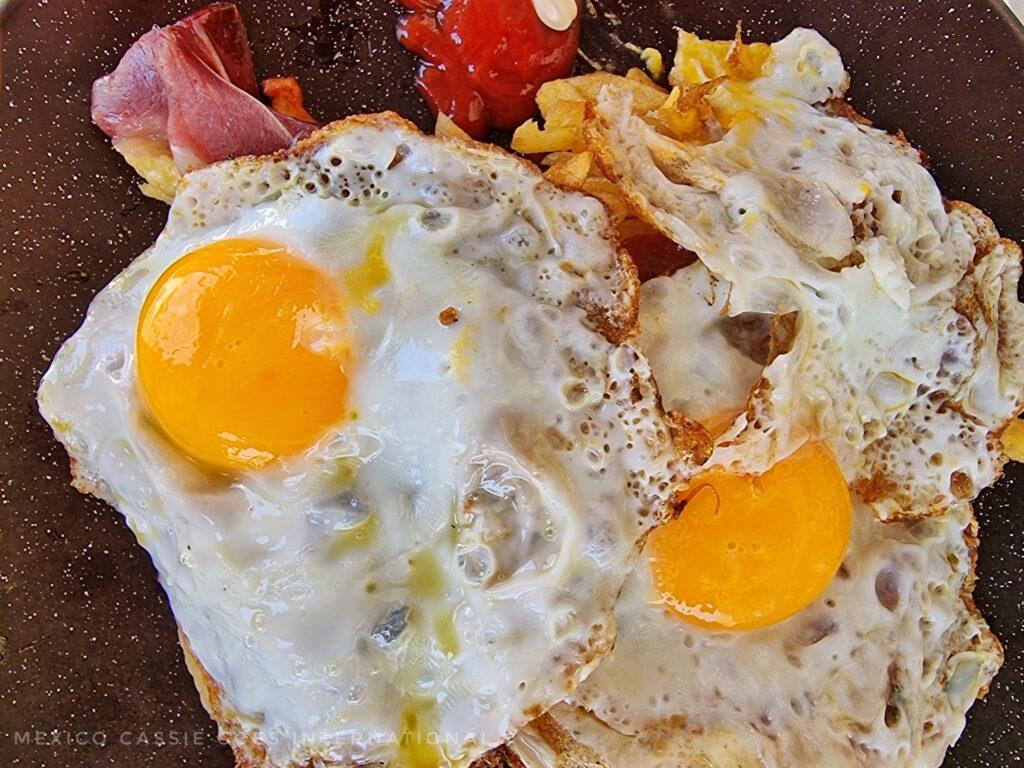
Albondigas – meatballs generally served with a rich tomato sauce.
Montadito – this is a small sandwich generally in thick, crusty bread.
Pringá – a delicious jumble of pulled meats, this is a super traditional Andalucian dish that my kids absolutely love. It’s generally served in a sandwich (montadito or bocadillo)
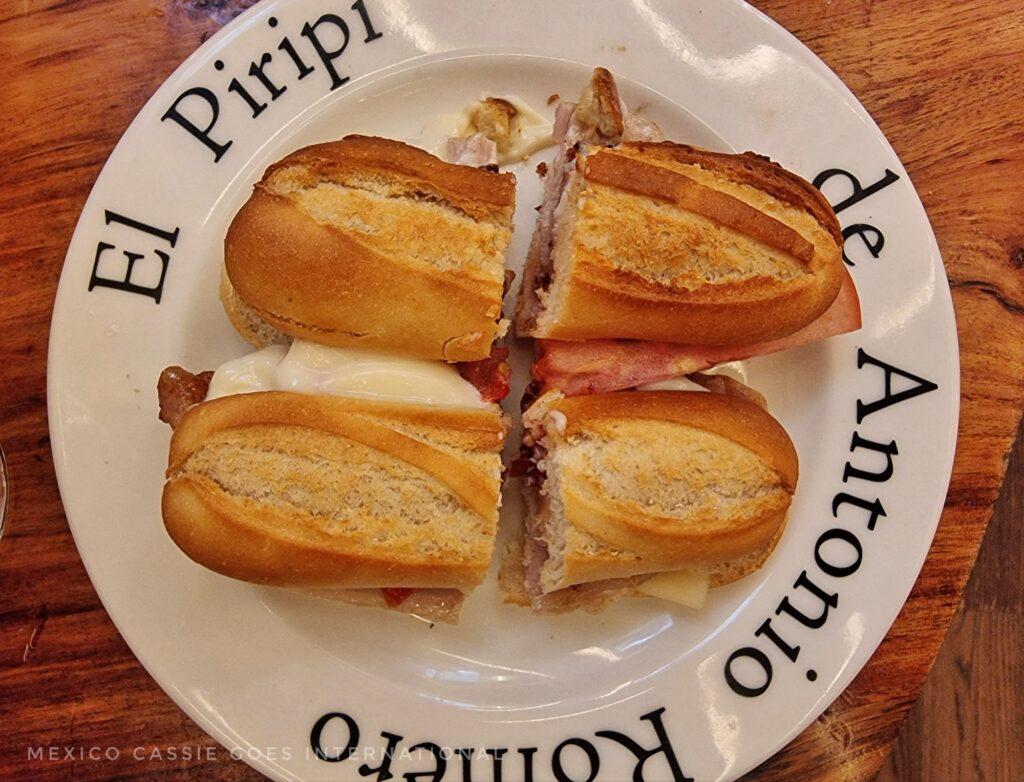
Solomillo – cooked pork, often with a whisky or blue cheese sauce. Don’t tell the kids what the sauces are and let them try because really, they’re delicious
Hamburger (hamburguesa) – we always have to ask for “solo carne, pan y queso” (only meat, bread and cheese) because our child doesn’t like salad or salsas to sully his experience.
sin ensalada – without salad
sin salsa – without sauce
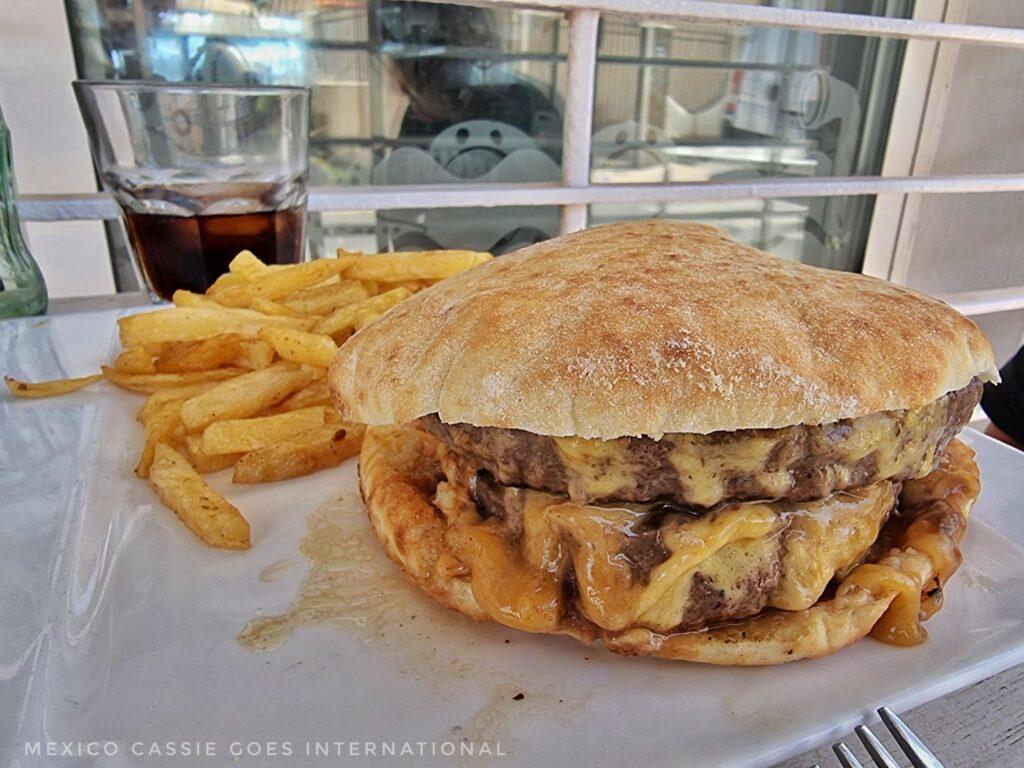
🎣 Of course, at the beach there is a great deal of fish on offer too.
Apart from this list, of course, why not just order whatever you fancy and hope that the kids try it too. Adventurous eaters will of course love getting to try new foods and our less adventurous ones might just be tempted by the best of Spanish cuisine!
And if the worst comes to the worst, there’s always fast food and pizza available.



0 Comments